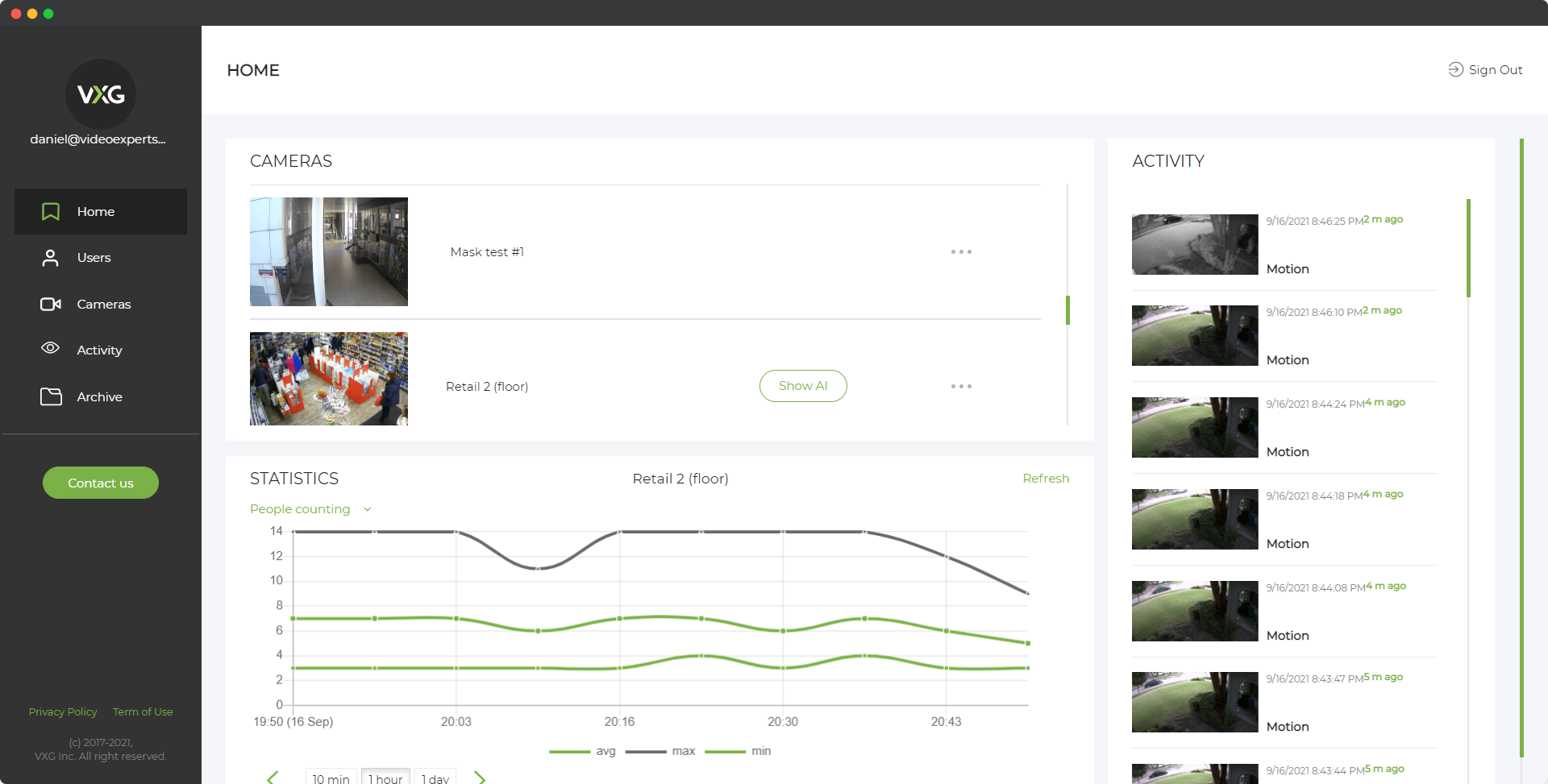In the realm of digital video and imaging, resolution is a fundamental aspect that determines the clarity and detail of the content. One commonly encountered resolution in the early days of digital video is 240p. This article provides an in-depth look at 240p resolution, its meaning, its quality, and resolutions that are lower than 240p.
Meaning
240p refers to a video resolution with a vertical pixel count of 240. The "p" stands for progressive scan, which means that each frame of video is drawn sequentially. In terms of dimensions, 240p typically corresponds to a resolution of 320 x 240 pixels. This resolution was commonly used in early digital video formats and is still found in certain low-bandwidth streaming scenarios and older video content.
Is 240p Good Quality?
240p is considered a low resolution by modern standards. The image quality at 240p is significantly lower than what is commonly expected today, especially with the prevalence of high-definition (HD) and ultra-high-definition (UHD) formats. Here are some points to consider regarding the quality of 240p resolution:
- Image Clarity: At 240p, images and videos appear quite pixelated and lack detail. This low resolution is not suitable for displaying fine details or for use on large screens.
- Bandwidth Efficiency: One advantage of 240p is that it requires very low bandwidth. This makes it suitable for streaming in scenarios with limited internet speed or data caps.
- Legacy Content: Some older content, particularly from the early days of online video, may still be found in 240p. While the quality is low, it was sufficient for early internet speeds and smaller screen sizes of that era.
In summary, 240p is not considered good quality by today's standards, where HD and higher resolutions are the norm. However, it still has some use in specific low-bandwidth or legacy content scenarios.
What Resolution is Lower than 240p?
Resolutions lower than 240p are quite rare in modern contexts but can be found in certain older or highly compressed video formats. Some examples of resolutions lower than 240p include:
- 144p: This resolution is 256 x 144 pixels. It is sometimes used in extremely low-bandwidth scenarios or on very small screens. The quality is very poor, and the image is highly pixelated.
- 120p: Less common, 120p has a resolution of 160 x 120 pixels. This was occasionally used in early webcam videos or low-quality video conferencing.
- Low-resolution Modes: Certain older digital devices and formats used resolutions lower than 240p, often tailored for specific low-end hardware or minimal storage capacity.
These lower resolutions are typically not used today except in very specific cases where minimal data usage is crucial, or the content is historical and has not been upscaled.
240p resolution is a low-definition format that was more common in the early days of digital video. While it is not suitable for modern high-quality viewing experiences, it remains a part of digital video history and serves specific niche purposes where bandwidth and data constraints are significant factors. Lower resolutions than 240p exist but are even less suitable for viewing detailed content and are rarely used in contemporary contexts.
















